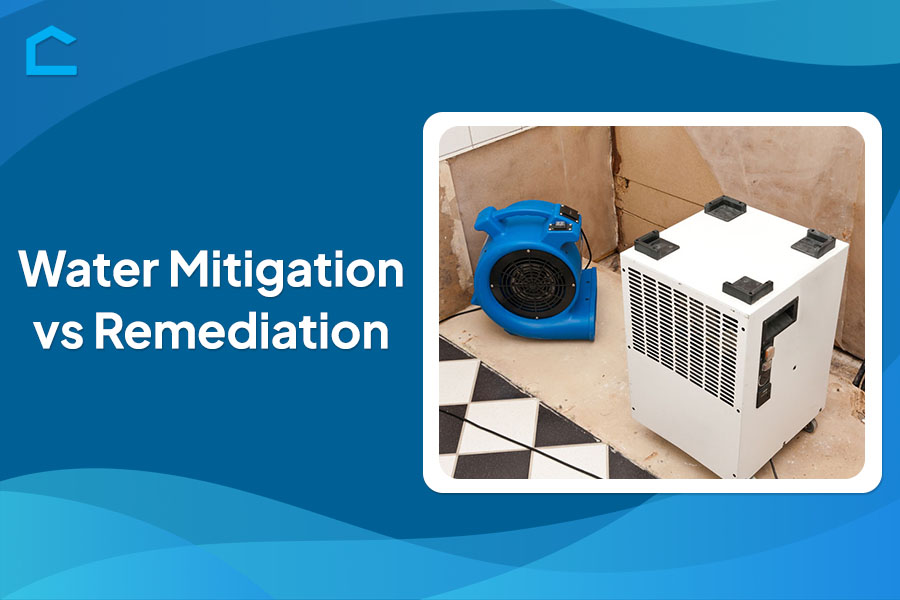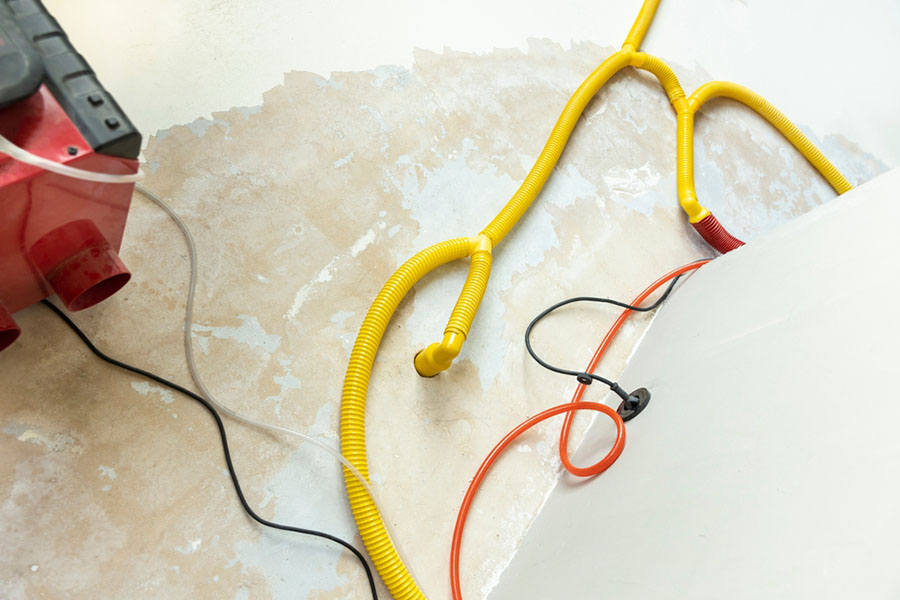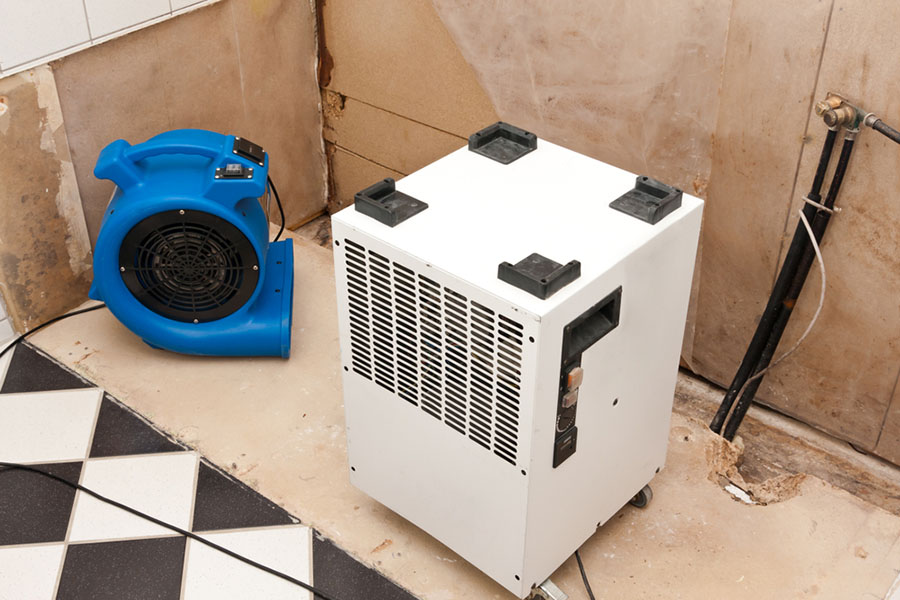Water Mitigation vs Remediation

Water mitigation and remediation are crucial responses to water’s destructive power. They are like guardians against floods, leaks, and water damage, each with unique methods to combat these threats. But do you know the differences between water mitigation vs remediation? Or when and how to use these two approaches?
Well, we will explore their distinct definitions and primary objectives. We’ll also provide insight into when to employ each approach and offer guidance on decision-making in the face of water-related challenges.
Join us as we unravel the strategies and methods that define these vital processes!

Source: shutterstock.com / Photo Contributor: Lea Rae
Definition of Water Mitigation and Remediation
Water mitigation
Water mitigation is the first critical step in responding to water damage. The primary objectives are to identify and stop the source of water intrusion, whether it’s due to a leak, flood, or other events.
Mitigation then involves removing all excess water and moisture from the affected areas using specialized extraction equipment like pumps and vacuums. Throughout the process, professionals carefully monitor moisture levels to prevent further damage. Common situations requiring mitigation include plumbing failures, appliance malfunctions, and flooding events.
A quick response time is essential during mitigation to minimize property damage. Professionals use tools such as moisture mapping and thermal imaging to ensure thorough drying. So, stopping the water at its source is always the top priority.
Water remediation
Once the water source is stopped and standing water is extracted, the water remediation phase begins. This phase focuses on drying out remaining saturated materials and areas using air movers and industrial dehumidifiers.
It involves cleaning and sanitizing all affected surfaces with antimicrobial treatments to prevent mold and bacterial growth. If mold is already present, extensive containment and removal efforts are undertaken following strict protocols. The goals are to fully restore the property, salvage belongings when possible, and eliminate any remaining moisture to prevent secondary damage.
Remediation also includes odor removal and deodorization. Throughout this phase, moisture levels are continuously monitored. We must say that complete drying of materials is essential before reconstruction can start.

Source: shutterstock.com / Photo Contributor: Heiko Barth
Key Differences Between Water Mitigation and Remediation
The key differences are based on aspects such as the timing of the service, its scope, the techniques used, and the end goal of each service. So, what is the difference between mitigation and remediation? Here, we included the most notable ones:
Timing and scope
Water mitigation and remediation are closely related yet distinct phases in addressing water damage incidents. Mitigation services are the essential first response that occurs immediately after the water intrusion event.
The timing is critical, as mitigation aims to quickly stop any active flooding or water migration and prevent further saturation and secondary damage. Remediation, on the other hand, typically begins after mitigation efforts have achieved drying goals. It usually occurs later, once moisture levels have been brought back to acceptable ranges.
The mitigation scope focuses on extracting excess surface water, stabilizing humidity levels, and moisture control through specialized equipment and techniques. The scope of remediation is more extensive. It includes repairing/replacing damaged materials and addressing any remaining moisture or contamination issues.
Techniques and methods
During the mitigation phase, standard techniques involve swiftly eliminating standing water using robust truck-mounted vacuum units. Moisture mapping and sensors are employed to detect and monitor saturation levels.
Furthermore, containment measures are implemented to prevent cross-contamination to unaffected areas. Remediation employs various techniques, including industrial-grade dehumidifiers and air movers, to thoroughly dry out saturated structural materials.
Sanitization and decontamination are conducted using EPA-approved antimicrobial and cleaning treatments. In cases where mold is detected, remediation adheres to stringent IICRC standards for proper containment and removal protocols.
End goals
The primary end goal of mitigation is to immediately stabilize the situation by stopping active water migration. This involves extracting excess surface water and establishing temporary moisture control. These steps halt any additional damage from occurring.
In contrast, remediation’s end goal is to return the affected areas to their pre-loss condition. This involves complete drying, decontamination, mold prevention, and any necessary repairs and reconstruction. Mitigation protects against escalating damage, while remediation fully restores the property.
While mitigation and remediation both play vital roles, they differ in their timing and scope of work. They also vary in the techniques utilized and their ultimate objectives for addressing water damage incidents safely and effectively.
When to Use Each Approach
Water mitigation services should be deployed for active, emergency situations with ongoing flooding or severe water intrusion. This urgent response focuses on immediately stopping the water at its source.
It also involves extracting excess standing water to prevent further spread and saturation. In contrast, water remediation is best utilized after mitigation efforts have already stopped active water migration.
Remediation addresses any remaining moisture issues, saturated materials, contamination, or mold presence that persists following mitigation. Experienced professionals can properly assess the situation to recommend the appropriate mitigation versus remediation plan.

Source: shutterstock.com / Photo Contributor: RYosha
Conclusion
In the aftermath of water damage, understanding the differences between water mitigation vs remediation is crucial for effective restoration. Mitigation provides an urgent response to active flooding, focusing on stopping the source and extracting excess water.
The distinctions highlighted in this guide show that remediation comprehensively addresses lingering moisture issues, contamination, or secondary damage after mitigation. While timing, scopes, techniques, and goals differ, both play vital roles in complete restoration.
Deploying the appropriate service at the right time is essential to minimize losses and restore properties efficiently – whether it’s mitigation’s rapid response or remediation’s thorough restoration process. We wish you success in navigating water mitigation and remediation processes effectively!
